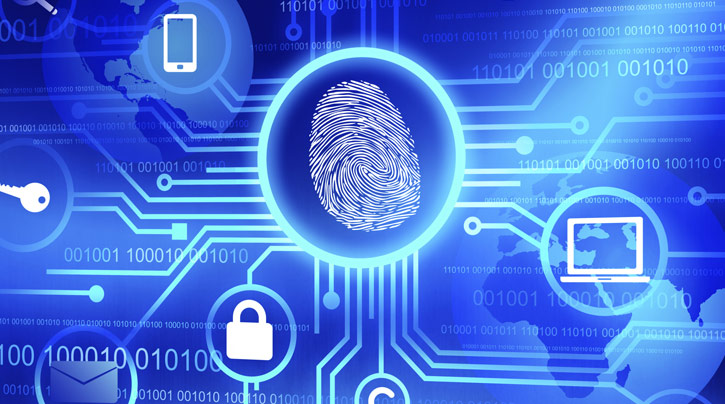HID Global has released a mid-year update to its top 2016 security trends, based on customer insights into key market developments across enterprise, healthcare, banking and government markets.

The company noted that there has been a continued forward movement in market adoption of mobile solutions and interest in the Internet of Things, as customers place more value on seamless environments that require trusted digital identities with heightened security and privacy protection.
“Customers are increasingly investing in solutions that give them the flexibility to incorporate new and better capabilities that deliver a more satisfying connected experience for their users,” said Stefan Widing, HID Global President and CEO. “As we move through the middle of the year, we are experiencing a dramatic increase in customer demand for mobility, a better user experience, and connected environments. We have also forged new partnerships with major industry players who have the same vision to create an extraordinary user experience and we look forward to unveiling more about these partnerships as deployments progress throughout the year.”
The company underlined that among the trends that will be prevalent in the industry this year is ‘mobilising’ security, which will require it to be more pervasive and personalised. Demand for mobile solutions will continue to grow, along with an increasing focus on security issues. Multiple studies revealed fears about mobile security, countered by growing demand in for the benefits of online and mobile functionality. The definition of mobility is also expanding to encompass the broader idea of “on-the-go” convenience and efficiency, where smartphones can be used as both a credential and a general-purpose reader for new use cases
Another trend the company predicted that there will be a growing focus on the user experience. Customers continue to want an easier, more trustworthy way to use digital identities to access on-the-go services and applications. Studies repeatedly highlighted the importance of the user experience – the Frost & Sullivan Asia Pacific study ranked it among the top two most important drivers for deploying mobile access control over the next three years. Biometrics continued to emerge as an effective solution for bringing together security and convenience together.
Next is how secure and connected identities will fuel safety and innovation in how end-users work, shop and play. An explosion of trusted digital identities began ushering in new innovation opportunities during the first half of the year. This trend is being fuelled by a growing interest in wearables and use of sensors for IoT-based solutions aimed at new use cases for employee productivity, asset tracking, energy management and employee safety. These developments serve as critical points of unification for trusted identities that make digital interactions more personal, contextual and valuable, and will pave the way for innovations like building occupant apps for the smart facility that enhance the user experience.
HID Global also highlighted that there will be more attention on privacy in an increasingly connected and mobile-first world. Gartner forecasts that 5.5 million new “things” are getting connected every day in 2016, increasing the need for embedded security and privacy technology across the payments, transportation, industrial, consumer and healthcare markets. In the earlier CityPoint example, this “Security of Things” goal is achieved by adding trust to RFID tags and to their interactions with mobile devices. Biometrics also continues to play a pivotal role in privacy protection for an increasingly connected world, and solutions became available in early 2016 that include intelligent encryption-enabled and tamper-resistant fingerprint devices to more effectively address these challenges.
Lastly, security policies and best practices will become as important as technology advances. Through mid-year, the world moved closer to deploying driver licenses on mobile phones, while two key policy issues emerged through mid-year: protecting privacy by using a smartphone’s Bluetooth connection so users needn’t physically relinquish their smartphones to officers and officials, and ensuring citizens can control what data is made available to others. Beyond citizen ID, general security best practices and policies remain important for virtually any organization, and demand grew for HID Global services that help customers deploy innovative solutions to meet compliance, security and risk management needs, while enabling new, value-added capabilities.





